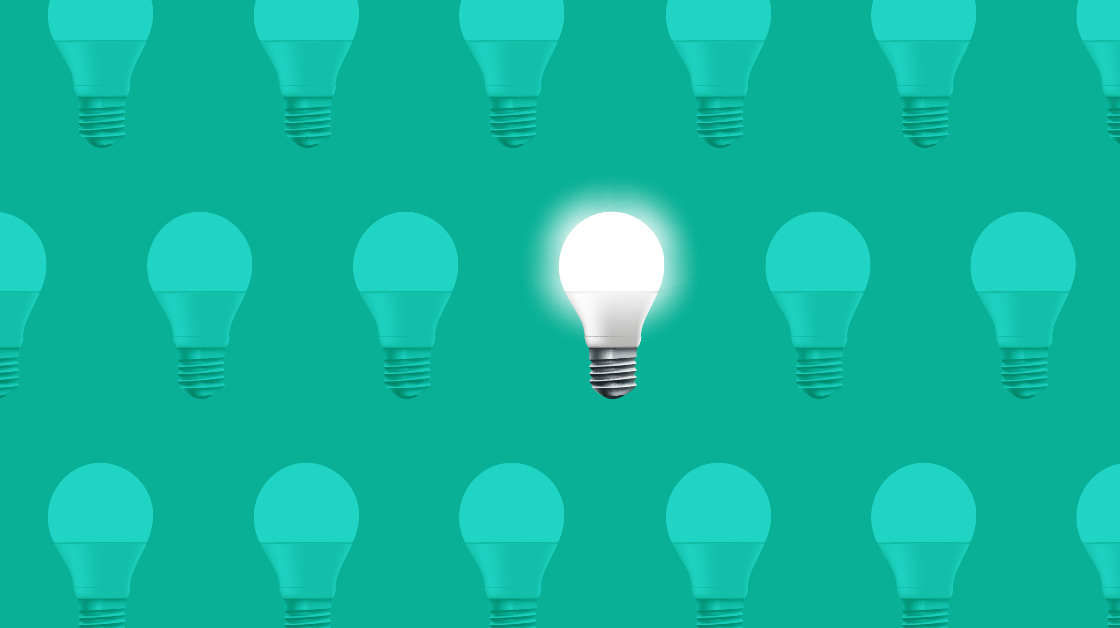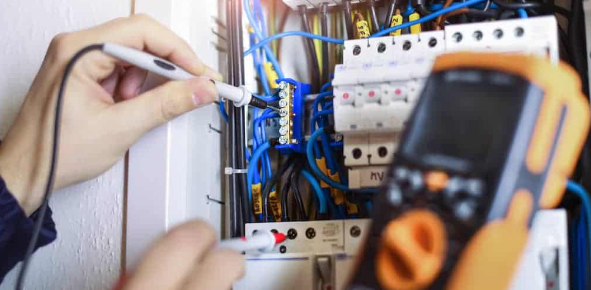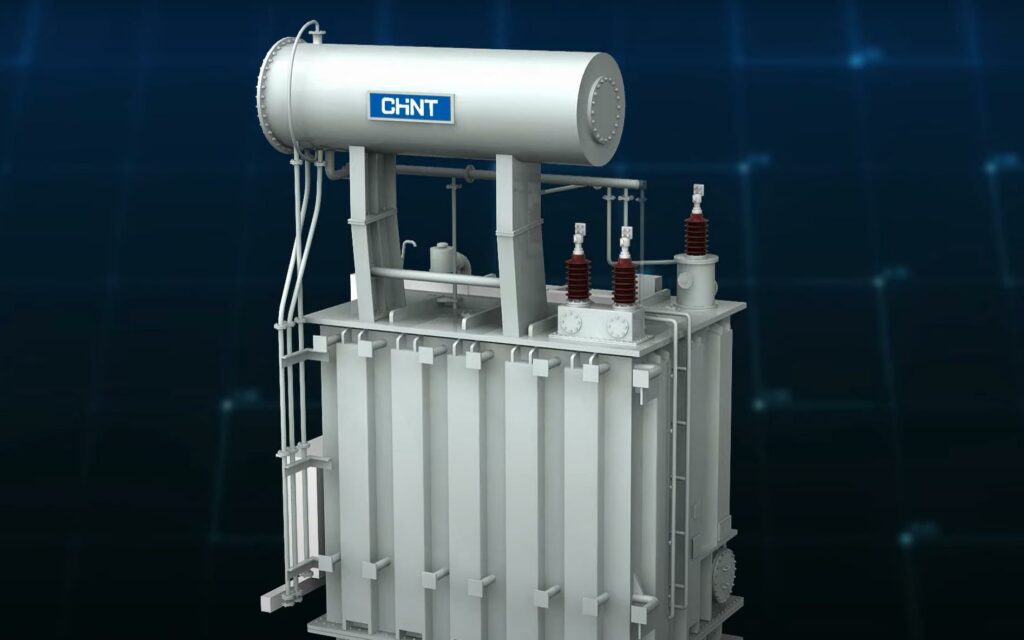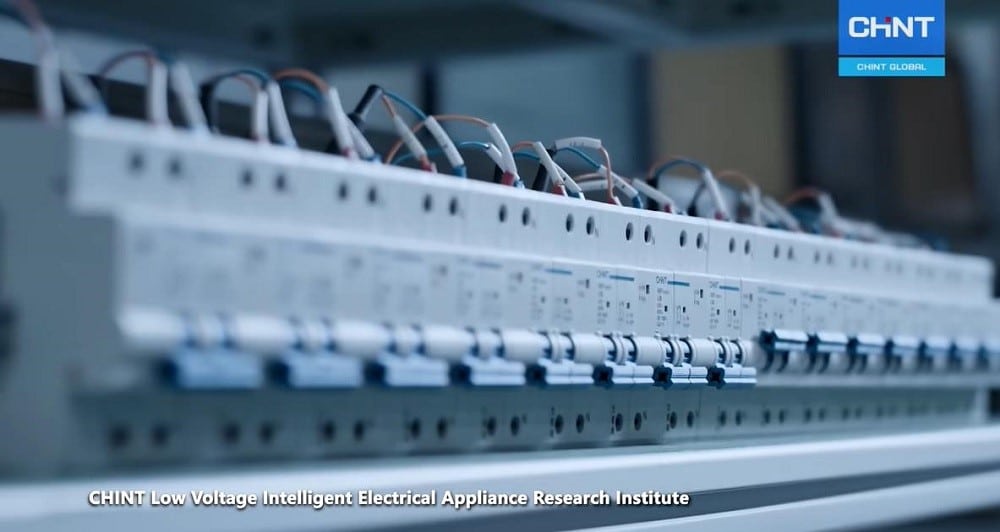- Mar 30, 23
- By chintglobal.com
BLOGS
-
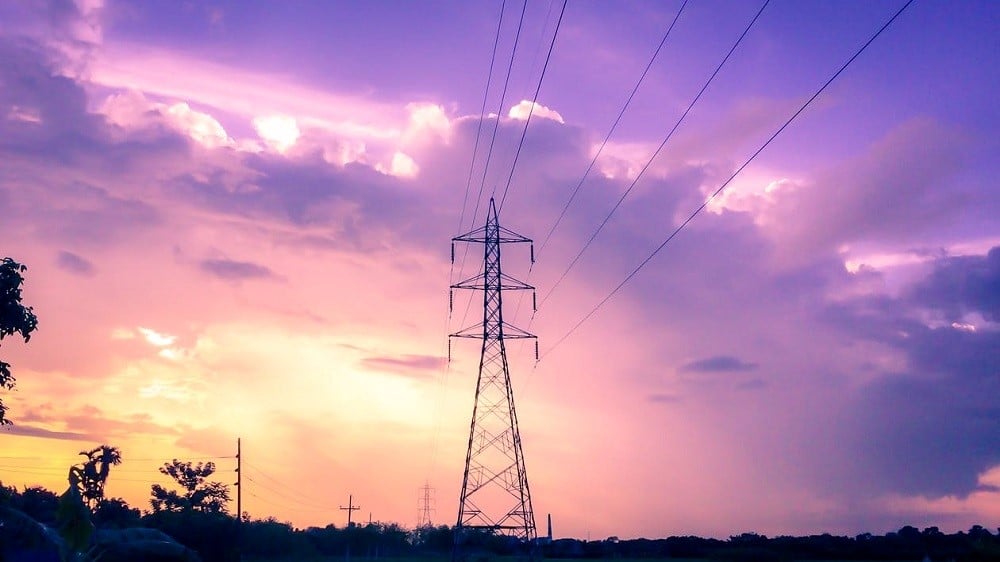
Single Phase VS Three Phase: What’s the Difference?
The alternating current power supply can be classified into single-phase(1-phase) and three-phase(3-phase). In general, a single-phase power is used where electricity requirement is low. In short, it is for running small equipment. The three-phase power carries a heavy load and can run large machinery in factories.
When it comes to single phase vs three phase, the main difference is that the former is used for household electricity requirements and the latter one is used to run heavy machinery. This article discusses the differences between them so that you can know what three phase power is and understand how they work.
What Is a Single-Phase Power and Its Features?
In single phase electricity, the supply voltage of the power changes simultaneously. In general, a single-phase current is called “residential voltage” because it is mostly used in homes. When it comes to distributing power, a single-phase connection uses neutral and phase wires. The neutral wire acts as a returning path for the current and the phase wires carry the load.
In a single-phase connection, the voltage starts at 230 Volts and has a frequency of about 50 Hertz. Because the voltage in a single-phase connection rises and falls constantly, constant power isn’t delivered to the load. Let’s discuss the advantages and disadvantages of using a single-phase power.
Advantages
- Single-phase connections are intended for domestic supplies and residential homes. That’s because, most of the appliances require a small amount of electricity to perform such as television, lights, fans, refrigerator, etc.
- The functioning of a single-phase connection is simple and ordinary. It comprises a compact and lightweight unit where the flow of electricity through the wires will be lower if the voltage is higher.
- Because of the reduction in power, it ensures that the power from a single-phase connection operates at optimum and transmit power effectively.
- A single-phase connection work best with units for up to 5 Horse Power.
Disadvantages
- Heavy equipment such as industrial motors and other machinery alike cannot run by using a single-phase power supply.
- Small motors, which are less than single Kilowatt cannot run on a single-phase power supply because of the absence of initial torque required by the motor. So, for the smooth running of the motor, extra equipment called a motor starter is required.
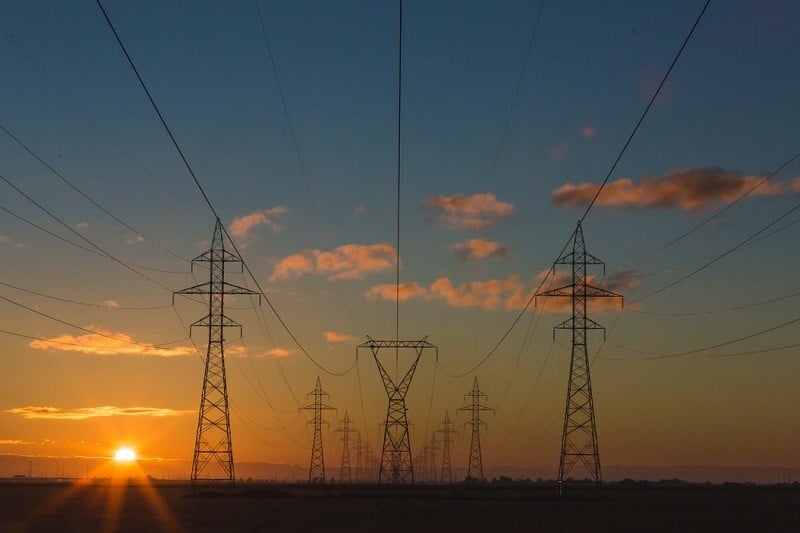
What Is a Three-Phase Power and Its Features?
With a three-phase power connection, you get three individual electric services. So, how does three phase work? Every leg of the current can reach maximum voltage and gets separated by one-third of the time completed within one cycle. In short, the voltage from a three-phase power connection remains constant.
And, it never drops to zero. Understanding three phase power and how it works is important if you are running heavy equipment. It requires three conductor wires alongside single neutral wire in a three-phase connection. The conductor wires are at a distance of 120 degrees apart.
Apart from that, you can find two different types of configurations in a three-phase connection supply: the Star and Delta. Star circuit configuration requires a ground and neutral wire. The Delta circuit configuration doesn’t need neutral wires.
Moreover, all kinds of high voltage equipment can utilize power from the Delta circuit configuration. Here are the advantages and disadvantages of using a three-phase power supply.
Advantages
- Doesn’t require any kind of additional starters to run heavy industrial motors because it has enough power to provide the necessary torque.
- Large machinery runs effectively. Industrial and commercial loads prefer a three-phase connection because of the heavy electricity requirement.
- When the number of phases increases in the supply system, the voltage of the three-phased power becomes smoother.
- The three-phase connection does not need conducting materials in excess to transmit electrical power. Therefore, when it about providing a cost-effective solution, a three-phase connection is more economical.
Disadvantages
- The biggest disadvantage of a three-phase connection is that it cannot handle the overload. As such, it might damage the equipment, and the chances of costly repairs are higher. This is because the cost of individual components are expensive.
- Because the unit voltage is very high, a three-phase power connection requires high insulation costs. Insulation varies due to voltage and the size of the wires depend on the power distribution.
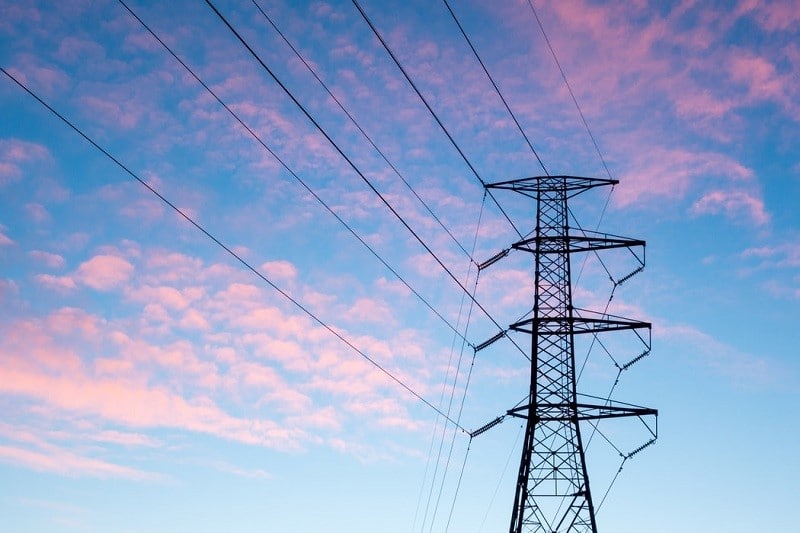
What Are the Differences Between Single-Phase Power and Three-Phase Power?Here are the important differences between a single-phase and three-phase connection.
- In a single-phase connection, the flow of electricity is through a single conductor. A three-phase connection, on the other hand, consists of three separate conductors that are needed for transmitting electricity.
- In a single-phase power supply system, the voltage may reach up to 230 Volts. But on a three-phase connection, it can carry a voltage of up to 415 Volts.
- For smooth flow of electricity on a single-phase connection, it requires two separate wires. One represents the neutral wire and another one represents a single phase. These are required to complete the circuit. In a three-phase connection, the system requires one neutral wire and three-phase wires to complete the circuit.
- Maximum power gets transmitted on a three-phase connection compared to a single phase power supply.
- A single-phase connection consists of two wires that make a simple network. But the network is complicated on a three-phase connection because there are four different wires.
- Because a single-phase connection has one phase wire, if anything happens to the network, the complete power supply gets interrupted. However, in a three-phase power supply, if anything happens to a single phase the other phases still work. As such, there is no power interruption.
- Regarding efficiency, a single-phase connection is less compared to a three-phase connection. This is because a three-phase supply needs less conductor compared to a single-phase power supply for the same circuit.
Conclusion
So, when it is about single phase vs three phase power supply, a residential electricity connection doesn’t need a three-phase connection because all the appliances don’t need such connection. However, if there are several heavy appliances in your home, perhaps you may need a three-phase connection.


